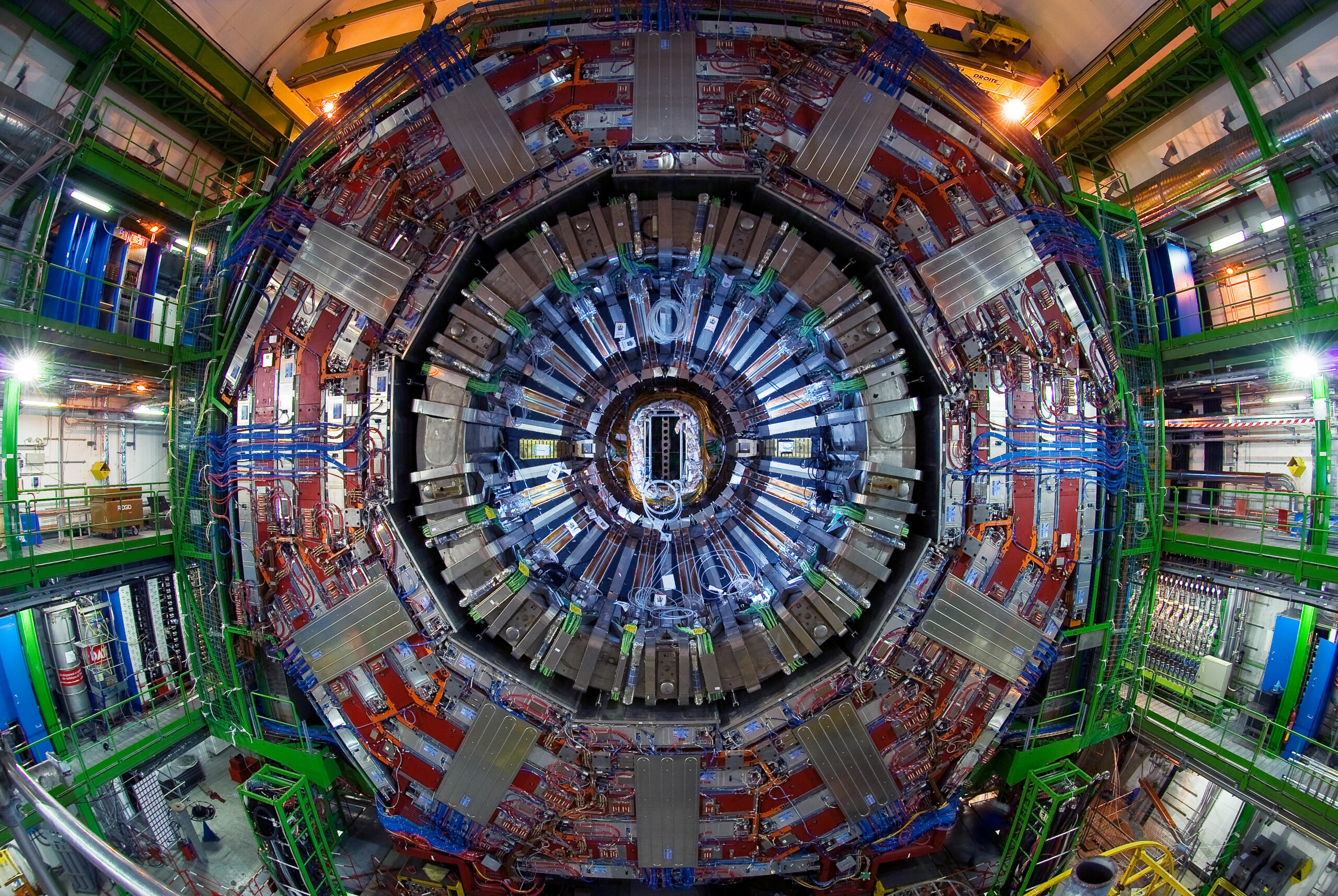The European Organization for Nuclear Research, or CERN, is frequently at the nexus of public fascination and scientific inquiry. Its vast infrastructure sprawls beneath the Swiss-French border and comprises the world’s largest particle physics laboratory, notably housing the Large Hadron Collider (LHC). This institution harmonizes numerous disciplines—physics, engineering, computing, and even philosophy—to answer some of the most profound questions about the universe. The question that often emerges, however, is: Is CERN really that powerful?
To address this query responsibly, one must dissect what constitutes “power” within the context of scientific research. Beyond its technical prowess and capacity for discovery, CERN wields considerable influence on the scientific community’s trajectory, on societal perceptions of science, and on international collaboration.
In terms of technical capability, the LHC can accelerate protons to near-light speeds, resulting in colossal energy collisions that yield an unprecedented frequency of particle interactions. This extraordinary environment allows physicists to probe realms of matter and energy that were once the domain of theoretical speculation. Through these collisions, particles such as the Higgs boson have been documented, thereby substantiating the Standard Model of particle physics. However, this represents but a fraction of the potential implications of CERN’s work.
One of the monumental promises of CERN is its ability to transcend mere academic interest and incite a paradigm shift in our understanding of the cosmos. The discoveries borne from its experiments are not mere footnotes in scientific journals but foundational elements that can redefine our understanding of fundamental forces and particles. As such, the LHC is not merely powerful in its operational capability; it also wields philosophical weight, challenging and augmenting our cognitive frameworks surrounding existence and reality.
The implications of CERN’s discoveries ripple outward, influencing fields such as cosmology, astrophysics, and even biochemistry. For instance, the detection of the Higgs boson offered a glimpse into the mechanisms that govern mass and energy, fundamentally altering our comprehension of the universe’s architecture. These quantum revelations have sparked curiosity and spurred research into realms like dark matter and dark energy—enigmatic components that constitute approximately 95% of the universe yet remain intensely elusive. In these intersections, CERN serves as a crucible for knowledge, fostering innovations and insights that extend far beyond the immediate realm of particle physics.
Moreover, CERN’s collaborative ethos illuminates another aspect of its power: the ability to unite scientists and researchers across borders. The facility engages thousands of scientists from over 100 countries, reducing geopolitical barriers and fostering a culture of shared inquiry. The collaborative environment nurtured at CERN not only accelerates scientific progress but also embeds a sense of fraternity among nations, underscoring a global commitment to understanding universal phenomena. In a world grappling with fragmentation and dissonance, CERN stands as a beacon of cooperative scientific endeavor.
Yet, the public’s perception of CERN is often colored by an amalgam of intrigue and skepticism. Popular media representations frequently oscillate between euphoria over scientific advancement and apocalyptic scenarios driven by fears of particle accelerators ushering in the end of the world through phenomena such as black holes. The responsibility of communicating the work conducted at CERN lies heavily on scientists and outreach initiatives, as misinterpretations can sow doubt and fear instead of fostering informed curiosity. Therefore, the “power” of CERN is also measured in its ability to engage and educate—an endeavor of great significance in an age where scientific literacy is crucial.
In the quest to reconcile its actual capabilities with public perception, CERN endeavors to maintain transparency and encourage dialogue around its findings and methodologies. Public open days, workshops, and educational resources serve to demystify complex concepts and invite a broader audience into the scientific conversation. This dedication to public understanding exemplifies an additional facet of CERN’s power: the capacity to shape societal narratives around science, influencing future generations and their engagement with scientific literacy.
As with any powerful entity, ethical considerations loom large. The extravagant scale of investments in large-scale infrastructures like the LHC inevitably sparks debates about resource allocation. Questions arise regarding prioritization within scientific funding and the balance between exploring fundamental physics versus addressing pressing global challenges such as climate change, health, and sustainable technology. This ethical dialogue is vital, as the scientific community grapples with shaping responsible research agendas in a world where resources are finite and challenges manifold.
Ultimately, the question of whether CERN is “really that powerful” encompasses nuances that extend beyond mere technical capabilities. Its transformative potential lies in the profound insights it unearths, the international cooperation it engenders, and the public discourse it cultivates. As the frontiers of knowledge continue to expand, CERN remains a pivotal institution, tasked not only with unraveling the mysteries of matter and energy but also with guiding humanity’s understanding of its place within the cosmos. In this intricate dance of inquiry, curiosity, and ethical reflection, CERN embodies both the power of discovery and the timeless quest for understanding that defines the human condition.












